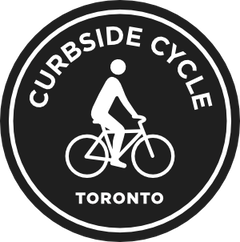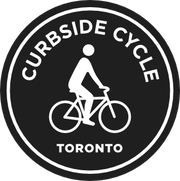404 Page Not Found
The page you were looking for does not exist.
The page you were looking for does not exist.
Store Address
412 Bloor Street West
Toronto, Ontario
Canada M5S 1X5
Business Hours
Monday: Closed
Tuesday – Friday: 11am - 7pm
Saturday: 12pm - 5pm
Sunday: Closed
Phone
Local: (416) 920-4933
Toll-free: +1 (866) 920-4933
Sign up for exclusive deals!

